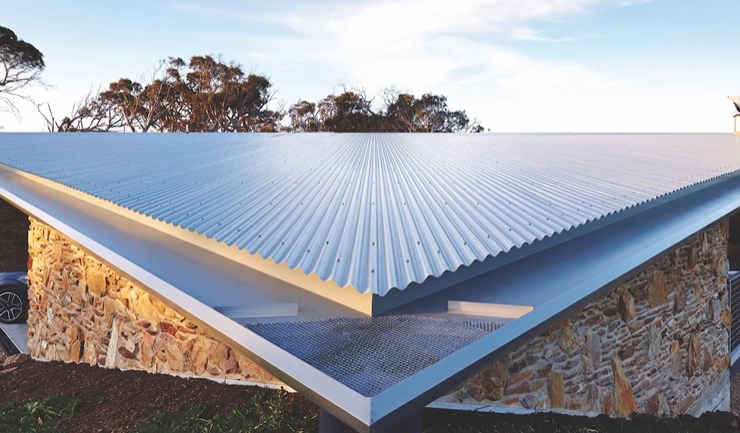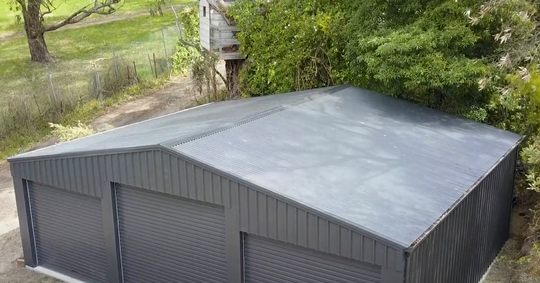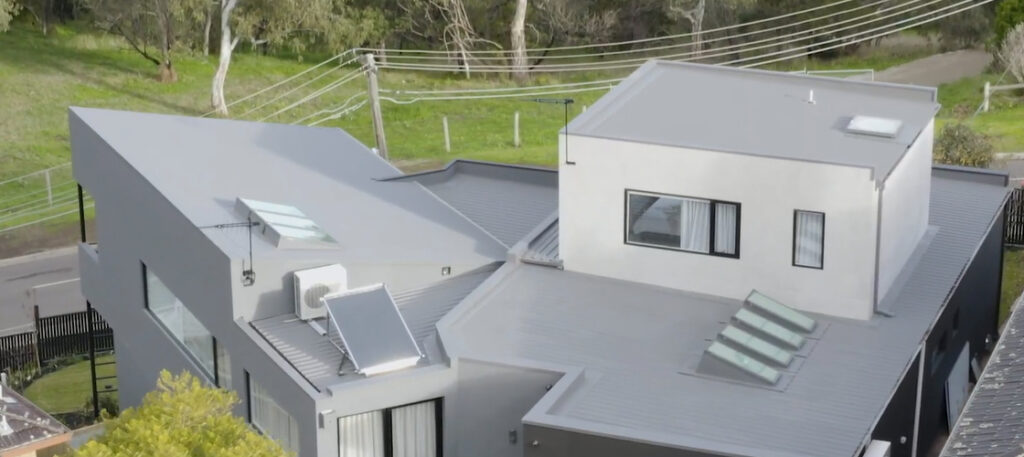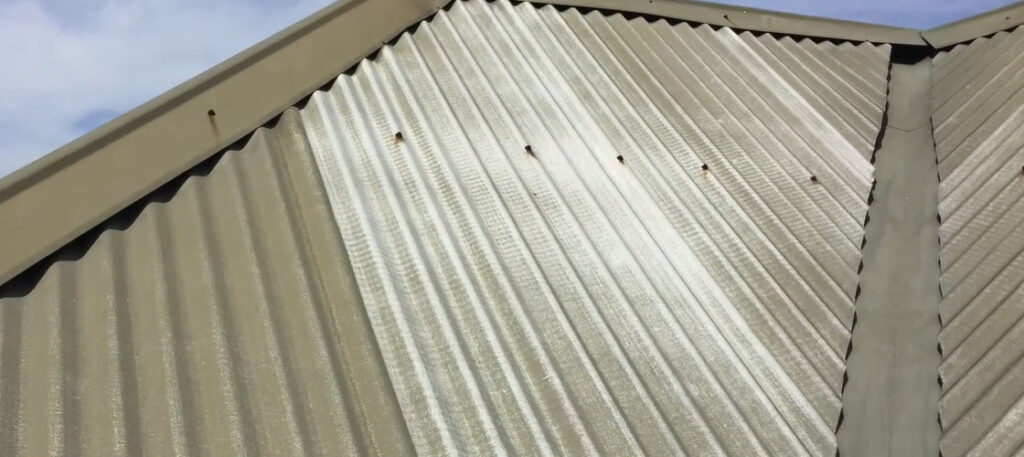Advantages and Disadvantages of Colorbond Roofing
Do you want to know what material to choose for the most energy-efficient roof? If this is the case, you might think about colorbond roofing. Colorbond roofs are becoming more popular since they are very durable and perform well in all kinds of weather situations, from shedding rain and snow to withstand strong winds.
However, each kind of metal roof has its own set of benefits and drawbacks, and understanding these advantages and disadvantages can help you decide which type of metal roof is best for you. That being stated, below is a complete guide on the benefits and drawbacks of a colorbond roof.

Table of Contents
What Exactly Is Colorbond Roofing?
Colorbond has been evolving its roofing technology for over 50 years to suit homes and even commercial structures all across Australia. It is now a well-known and trusted brand for steel roof painting in Newcastle, the Hunter Valley area, and across the nation. BlueScope’s branding was the most recent innovation in 2013. Their patent on high-quality roof goods guarantees that you will benefit from numerous benefits over other types of roofing materials.

Advantages of Colorbond Roofs
1. Design Versatility
Colorbond roofs have outstanding spanning capabilities, allowing for greater column-free floor space inefficient buildings. The broad variety of Colorbond colours also allows building designers and owners greater creative freedom to create a genuinely distinctive façade. The Colorbond line is also available in a variety of profiles to fit your home’s aesthetic and design needs. Because the colour is linked to the metal, it does not need painting as often as other metal roofing materials.
2. Long-lasting and virtually maintenance-free
Colorbond roofing requires almost little upkeep. Because the colour is physically attached to the metal, it does not need painting as often as other metal roofing materials. Colorbond’s baked-on finish is resistant to chipping, peeling, and cracking.
Colorbond is less susceptible to this kind of wear and tear. Colorbond protects houses from the severe Australian weather by being non-combustible, termite resistant, weather tight, and secure.
3. Price
Colorbond roofing is usually less expensive than tiles in new construction. This is mostly due to other cost considerations in the construction. Concrete tiles may occasionally be less expensive than Colorbond when just the material cost is considered, without taking into account additional expenses such as trusses, insulation, and so on. Depending on the kind of roof, there may not be a significant overall difference between Colorbond and tiles.
4. Thermal Insulation
Colorbond roofing insulates your house and keeps your family and pets comfortable in both summer and winter. It is a material with high thermal efficiency. As a consequence, your house will radiate less heat since it will cool down considerably faster at night. If you choose a Colorbond product that includes Thermatech® technology, the solar reflectance characteristics of your roof will be optimised. Your energy costs may even be lowered if you improve your house insulation.
5. Lightweight
When a roof is excessively heavy, it has its own set of issues. If a shingle falls, it may injure those who are sitting outdoors or harm the shingles around it. Soon, you may find yourself with a roof that has to be fully fixed or a roof that leaks. Colorbond roofs, on the other hand, are popular due to their low weight.
6. Water Acquisition
They have the ability to collect more water for your rainwater storage tanks. If natural water collection is important to you, whether for your home, garden, or animals, a colorbond roof is preferable to a concrete tile due to its absorbency. Colorbond is a corrugated metal with a bonded paint finish that prevents moisture from penetrating.
7. Design
Colorbond roofing is a more contemporary alternative to tiles. It is available in a variety of colours and profiles, allowing for some really stunning architectural ideas (can be used for curves). Tiles provide the beauty of a classic, historical roof in a variety of colour options.

Disadvantages of Colorbond Roofing
As can be seen, Colorbond roofing offers many benefits over other kinds of roofing materials, including certain forms of metal roofing. However, as beneficial as this roofing is, there are certain drawbacks to this roofing material that you should be aware of.
1. Additional Layer Needs To Be Installed
Before you apply your roof entirely, you may need to add an acoustic coating. This is because, although it does not produce much noise, it does not make noise when an acoustic covering is used.
2. Installing An Air Conditioner
If you decide to add central air conditioning after installing the Colorbond roof, the roof will need to be cut in order for the air conditioning unit to be fitted. Most individuals opt to add an air conditioner after finishing their colorbond roof, but you should be aware that you may need to cut the roof in order to install your air conditioner.
3. Counterfeit Colorbond goods are available on the market.
Make certain that your Colorbond roofing is installed by a dependable and respected provider. Some materials resemble Colorbond technology but are of lesser grade. Be wary of lower costs since you may wind up paying much more if you need to repaint or replace your roof in a few years.

Conclusion
Colorbond roofs are becoming more popular across Australia due to its endurance in severe weather conditions. It isn’t entirely maintenance-free, but it requires much less care than other types of roofing.
While colorbond roofs aren’t without flaws, most people would agree that the benefits far outweigh the drawbacks. If you’re searching for a new roof that will meet your requirements, colorbond should be at the top of your list. Read the preceding page to learn all there is to know about this kind of roofing.
